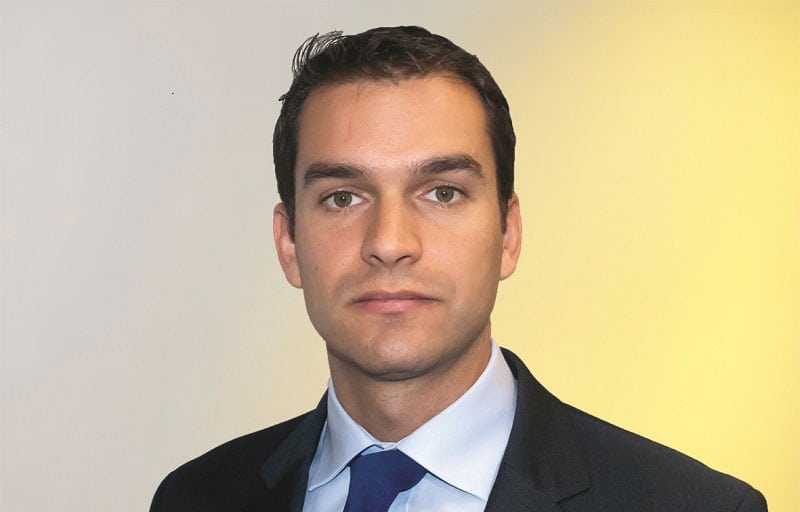Ageing population, rising incomes, growing consumption levels and investment in infrastructure are some of the trends that have been making emerging markets attractive to foreign investors.
However, emerging market (EM) investors have been plowing into passive products focused on large-cap stocks or taking individual positions in EM large-caps.
Cumulative inflows into emerging market equity funds

Source: Morningstar (US dollars)
The imbalance of active and passive investing has taken its toll on small cap emerging market stocks. As investors reacted to market shocks in 2008 and further jitters around the taper tantrum in 2013 and China’s stock market crash in 2015, active funds suffered bigger outflows than passive funds. In 2016 and 2017 , there were net inflows into passive, but not active funds.
Ballard said passive EM equity funds focus on large cap stocks and tend to be underweight the sectors offering the best opportunities – industrials, consumer products, real estate and healthcare – and overweight those that present less value: financials, information technology and telecom services.
He said EM investors have a skewed perception of risk.
“They are happy to put 30% of their portfolio in emerging markets technology stocks [in China and Korea], they don’t think about long-term implications of changing regulation, the relationship with the government etc. But they worry about the fact that small caps are a bit illiquid.”
Opportunities are to be found in real estate lending in countries such as India, according to Ballard, where mortgage penetration is low but where the government is pushing an ambitious housing initiative ‘Affordable Housing for All’ aiming to build 20 million urban houses by 2022.
Other opportunities are in healthcare. “There’s a chronic shortage of quality healthcare in emerging markets. In the large cap space you end up investing in drug manufacturers, but [instead] think about the bricks and mortar,” he said, referring to facilities such as hospitals and clinics, which he believes will undergo strong expansion as societies gets richer and older.
EM risk
When investors change their allocation to emerging markets on a short-term basis, reacting to changes in market sentiment, interest rates or adjusting their risk, he believes they do it mainly through ETFs or direct investments in large companies.
“All that fast money goes through the large cap universe. This results in the volatility of large cap emerging market stocks exceeding, on average, that of small-cap stocks.”
The preference for passive funds when markets rally is not surprising. But in case of a downturn, a high concentration in just a few giant tech companies could cause strong volatility, Ballard said.
A market downturn is not a base case scenario, but Ballard sees the biggest risk to all emerging market equities coming from inflation and rising interest rates in the US.
“The resurgence in US growth and the Trump administration’s tax cuts have stirred concerns over rising inflation,” he said.
“With rising interest rates and an untested Jay Powell now as head of the Federal Reserve it is no surprise that investors have become nervous. Emerging markets are never immune to these events, despite signs across all the major emerging markets that underlying economic conditions are favourable.”
Ballard has been co-manager of the Aviva Investors Emerging Markets Equity Small Cap Fund since 2012, together with Bryony Deuchars, who became co-manager in 2016.
Aviva Investors Emerging Markets Equity Small Cap fund performance








